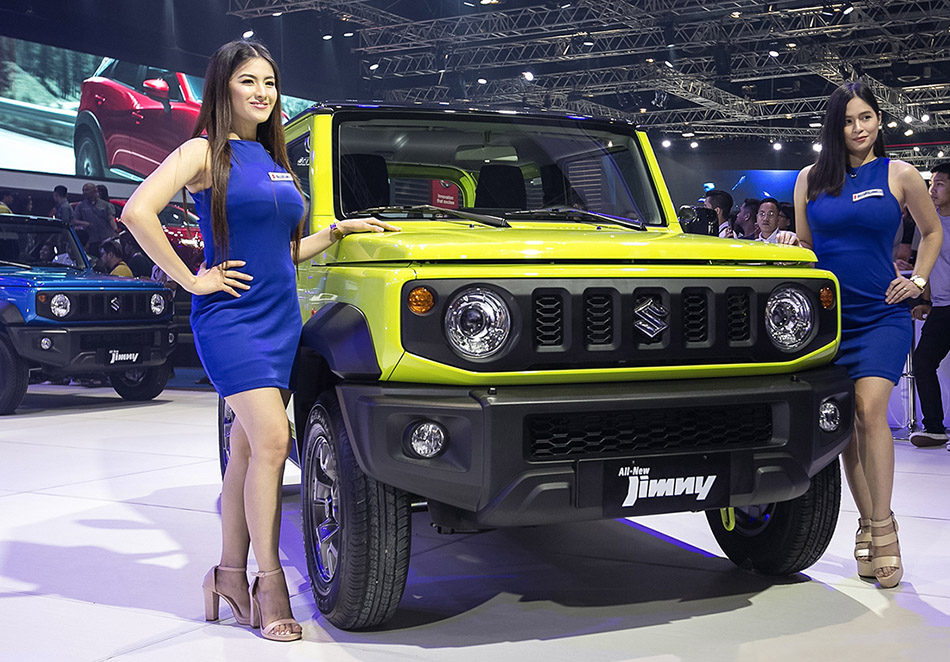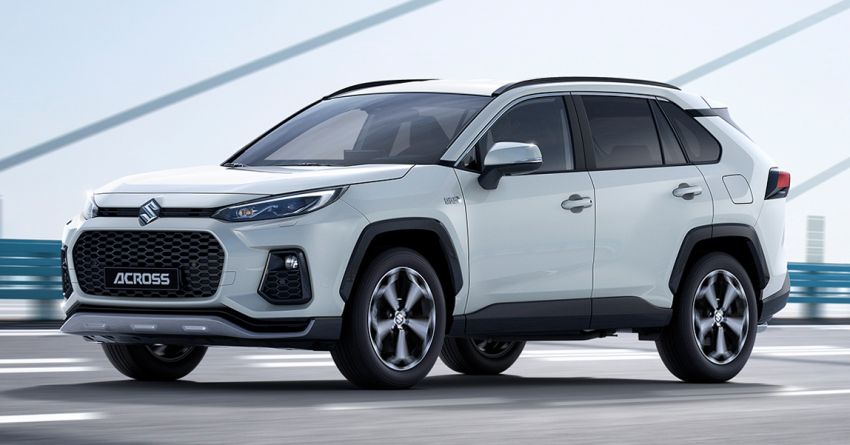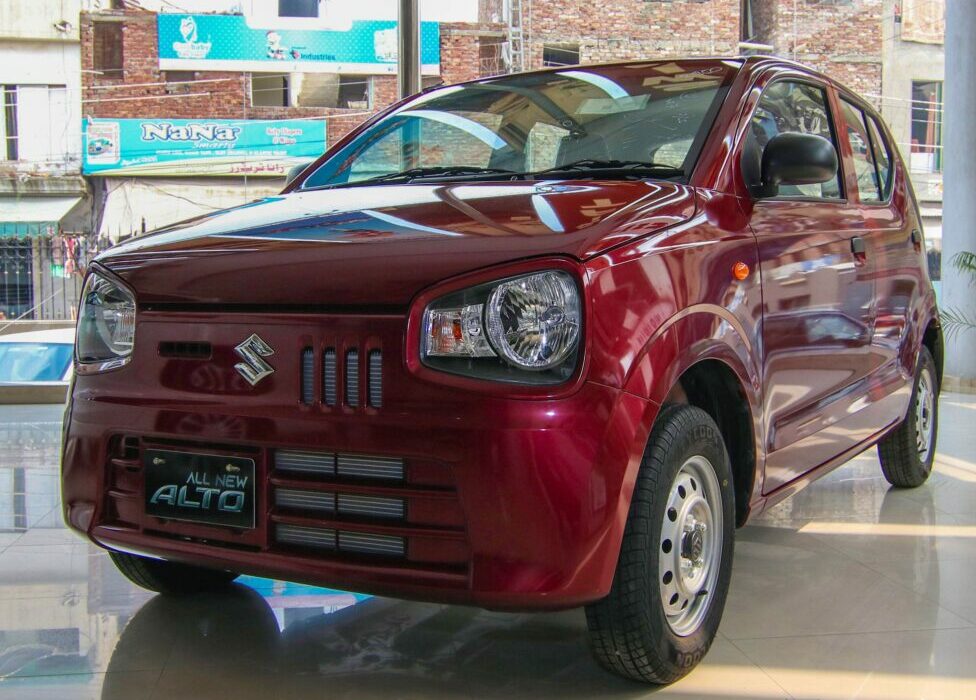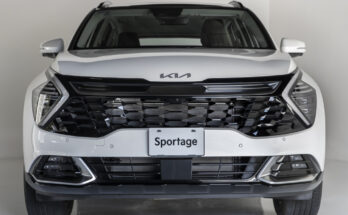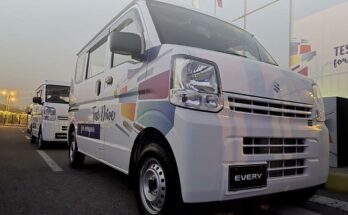Suzuki launched the all-new fourth generation Jimny compact SUV in 2018 after stretchy 20 years tenure of the third generation model that debuted back in 1998. The generational step up was massive and new Jimny became an instant hit in almost every market where it was introduced.
Related: All New Suzuki Jimny and Jimny Sierra Launched in Japan
Within a few months of its debut, the 4th gen Jimny had already won quite a few prestigious international automotive awards. Response was so overwhelming that dealers in some countries had to stop taking orders for new Jimny due to restricted stocks. Demand for the mini 4×4 was so high that waiting list in many countries went beyond more than 1 year.
Like in other markets, Jimny’s demand in Europe was also skyrocketing. The 1,200 units allocated for 2019 for the UK were already reserved before start of the year. However there was one problem right from the beginning, according to a Suzuki dealer, the company was restricting the sales of Jimny in European market because it did not want to push up its average CO2 levels, since if more Jimnys are sold than Suzuki’s more efficient products like the Ignis or Swift, the brand’s average CO2 will shoot up, leading to fines from the European Union.
Related: Suzuki Celebrates 50 Years of Jimny
Unfortunately there was no hybrid setup available with Jimny as back in its home market it qualifies for lower taxes under Japan’s Kei car regulations. It gets powered by a 660 cc, 3-cylinder, petrol engine with 64 hp of power and 96 Nm of torque in Japanese Domestic Market. However for global markets, Suzuki only deploys the 1.5 liter engine K15B four-cylinder petrol engine that churns out over 100 hp of power and develops a peak torque of 130 Nm.
And less than a couple of years of its dream run, Suzuki had to announce its plans to discontinue the Jimny from European markets. Earlier this year, the company began communicating with its dealer network to stop accepting new orders for the Jimny with immediate effect. And now the company has officially pulled the plugs off its popular mini SUV in European markets. The Jimny’s departure from Suzuki’s European line-up is primarily due to even stricter emission norms that are set to take effect in 2021.
Related: Suzuki Jimny to be Discontinued in Europe
EU legislation sets mandatory emission reduction targets for new cars and for 2021, each carmaker can have a maximum fleet average of 95g of CO2/km. While this rule will only come into effect next year, it has started phasing in from this year, according to the EU legislation. In order to achieve this target, Suzuki had been phasing out diesel vehicles since 2018, and is currently in the process of introducing a 48V mild-hybrid version for the Vitara SUV, which will be the first Suzuki model in Europe to benefit from this new powertrain.
Furthermore Suzuki has recently introduced RAV4-based ACross SUV in Europe as parts of its electrification plans in EU markets, thanks to the partnership with Toyota. In March 2019, Toyota and Suzuki announced a plan to collaborate on the production of compact cars and electric/hybrid vehicles to help improve sales and economies of scale. Last August the two automakers agreed on a capital tie in which Toyota would take a 4.94% stake in Suzuki at a cost of JPY96bn (US$899m) with Suzuki investing JPY48bn in Toyota.
A lesson to be learned
The discontinuation of hot-selling Suzuki Jimny from European markets has a few things for us to learn. First, no matter how successful a product is, if it fails to meet the required standards it has to leave. Suzuki didn’t try to lobby the government departments to manipulate the emission norms in favor of their product there. Why it discontinued the hot-selling product without raising a word and worked on to introduce alternatives such as the ACross?
Related: Pak Suzuki Increases Jimny Prices
Secondly the government departments & decisions makers formulate regulations in favor of betterment of the country, environment as well as the wellbeing of consumers. They never bend down on their knees to favor automakers who will otherwise sell whatever earns them profit and at whatever cost. It is the job of regulatory bodies to keep thorough check & balance.
An eye-opening crash test result of Nissan’s NP-300 pickup truck which is marketed as ‘African Built- African Tough’ in South Africa is an example where it managed to secure a terrible zero star rating from latest Global NCAP crash tests. This affirms the fact that automakers don’t pay a heed when it comes to offering inferior products in markets where regulations aren’t strict enough.
Related: Pakistan Auto Policy: What Needs to be Done?
Over here however, ironically we are yet unable to define a proper criteria which automakers should be needed to abide to. There are no required fuel consumption standards here, no crash-testing standards, while only thing that needs to be met are the Euro-2 norms. The government has recently announced to switch to Euro-5 standards however the decision has created resistance from local assemblers which have asked 2-years from the government to adapt to newer standards.
Vehicles more than 10 years old will not be allowed… but wait!
When the Auto Policy 2016-21 draft was being formulated, there was a clause which restricted automakers from producing any model for more than 10 years however the clause was reportedly removed due to the pressure from local assemblers as well as motorcycle manufacturers which would have wiped out more than half of the models that were on sale in the market back then. And in case of motorcycles, well… you know the answer.
The EV Policy Fiasco
A recent example was the tug of war on the electric vehicle policy that was first prepared & presented by the Ministry of Climate Change (MoCC) and got approved from the federal cabinet late last year to be fully implemented from January 2020. However there were strong objections raised by Ministry of Industries & Production (MoIP), Engineering Development Board (EDB) and the local auto industry thus the policy implementation had to be put on hold.
Related: ECC Approves EV Policy for 2- and 3-Wheelers & Heavy Vehicles
The revised EV Policy that was formulated by MoIP & EDB encircles only 2-wheelers, 3-wheelers, heavy vehicles including buses and trucks while leaving out passenger cars (4-wheelers) completely. According to CEO of Electric Vehicle Technology Consultants (EVTC) Shaukat Quershi:
“This is a very unnatural move that Pakistan is introducing the policy for the entire auto sector, except for passenger cars, which had demanded the introduction of EVs in the first place.”
Stakeholder are of the view that the Japanese automakers which have a decades-long monopoly and virtual grip on market as well as decision makers are behind the move as they believe EV will harm their conventional gasoline based vehicles business which are labeled as obsolete, under-equipped & overpriced by many. According to an official:
“Deep rooted Auto manufacturers’ lobby, in connivance with its well-wishers at the helms of affairs, was active to scuttle the policy for boosting its “decades monopolized” fuel-based automobiles business which was against national interests.”
Related: Stakeholders Criticize EV Policy
The EV stakeholders have also criticized the local auto assemblers, saying:
“These players who have enjoyed their hold on Pakistan’s auto sector for decades are not willing to let any other player enter the market because they will face competition and have to innovate which they are not willing to do.”
It’s no doubt good if things are manufactured here, but assembling in the name of manufacturing needs to be checked. Plus what’s being produced here matters a lot. If after so many years we are still proud of putting together something that was developed some 30 years ago, doesn’t define the true progress & achievement of our industry since the world has already moved long ahead.
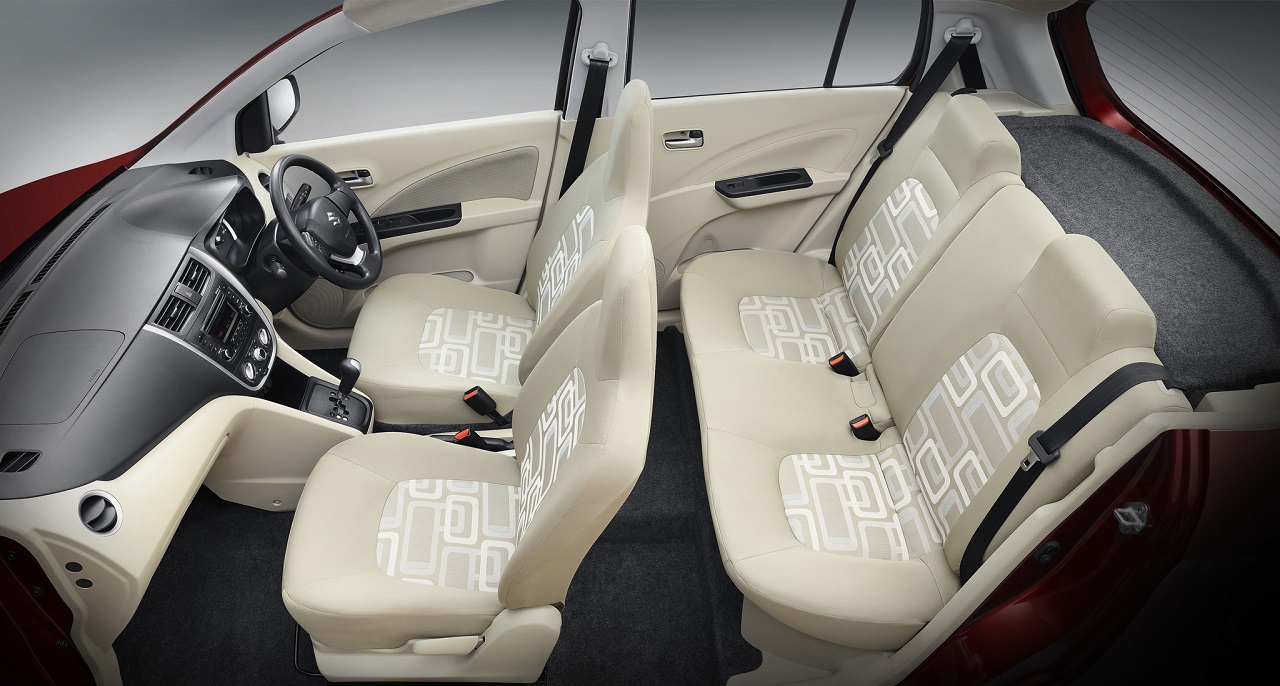
Many of us get a chance to visit other countries and it’s never difficult to experience & tell the difference in quality, equipment and fit & finish of cars sold in other countries as well as regional markets, compared to the locally assembled ones.
Related: Are Local Assembled Cars Only Expensive?
Perhaps it’s about time we start taking decisions for national interests that will ultimately uplift the auto sector of Pakistan. Now with more than 30 years into the assembling (since 90s) bending down in front of assemblers perhaps won’t bring a substantial revolution in auto industry.

A computer animation professional with over 23 years of industry experience having served in leading organizations, TV channels & production facilities in Pakistan. An avid car enthusiast and petrolhead with an affection to deliver quality content to help shape opinions. Formerly written for PakWheels as well as major publications including Dawn. Founder of CarSpiritPK.com

